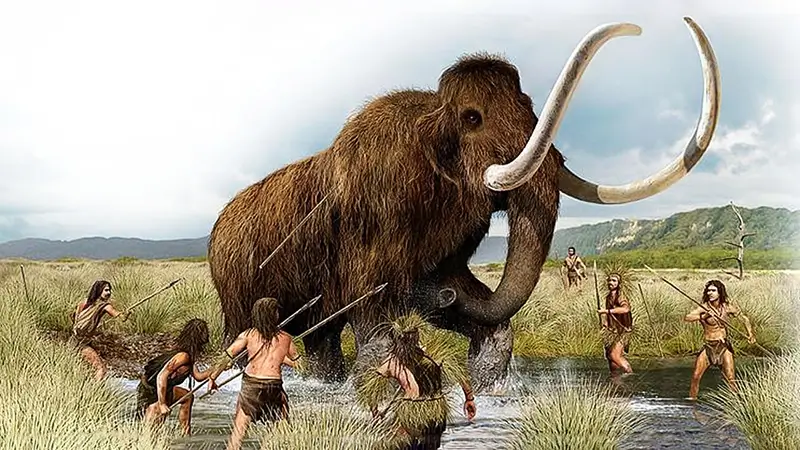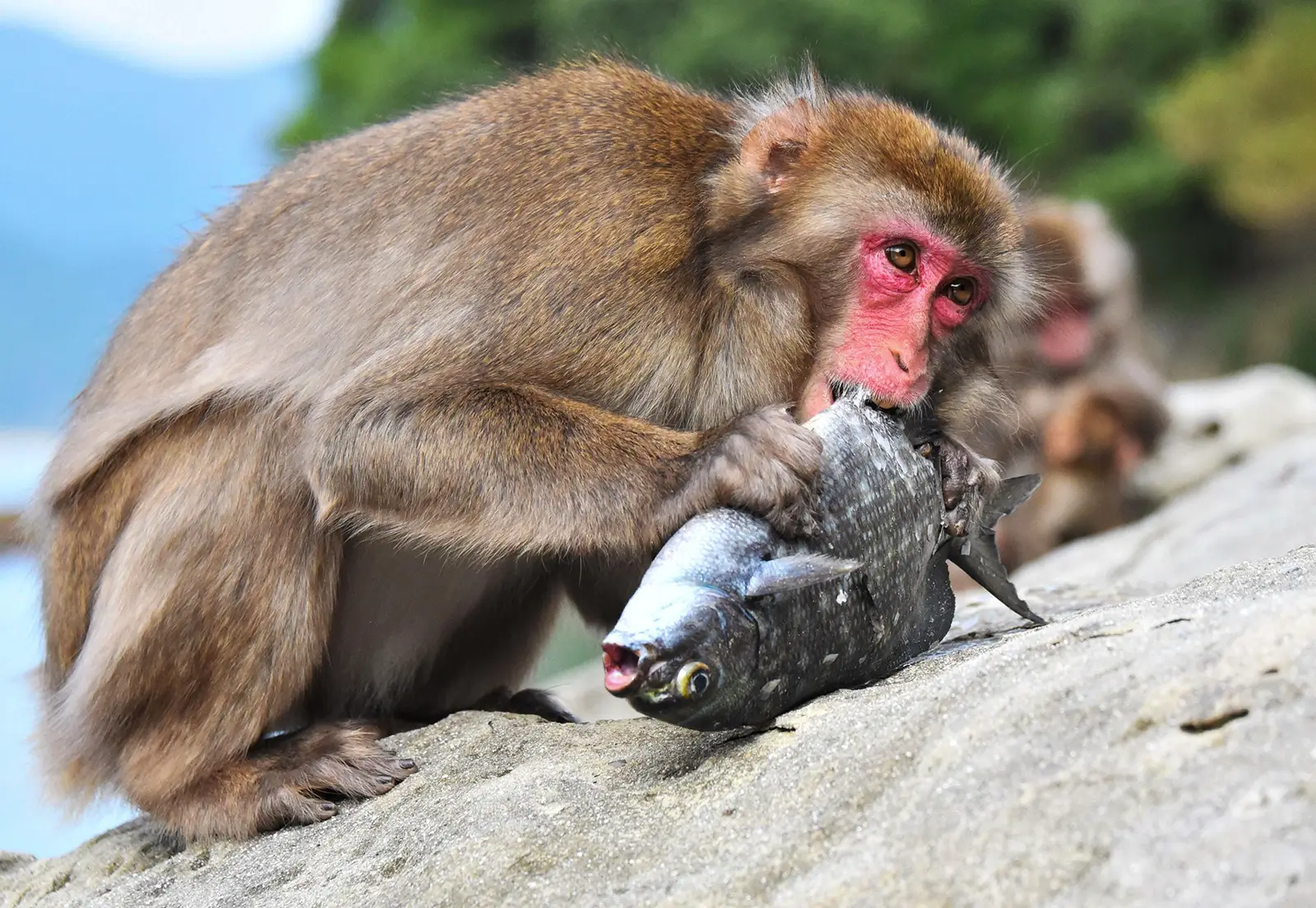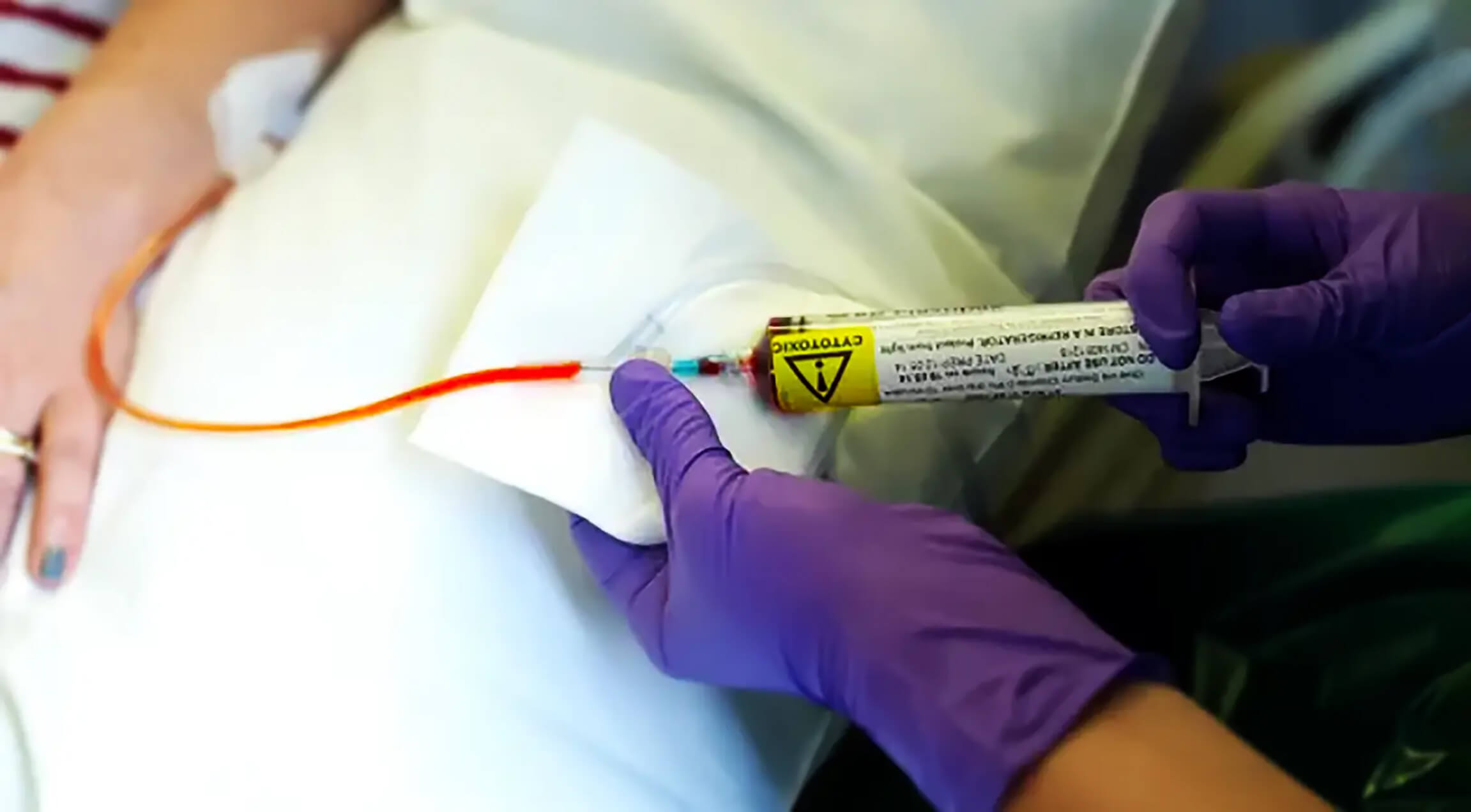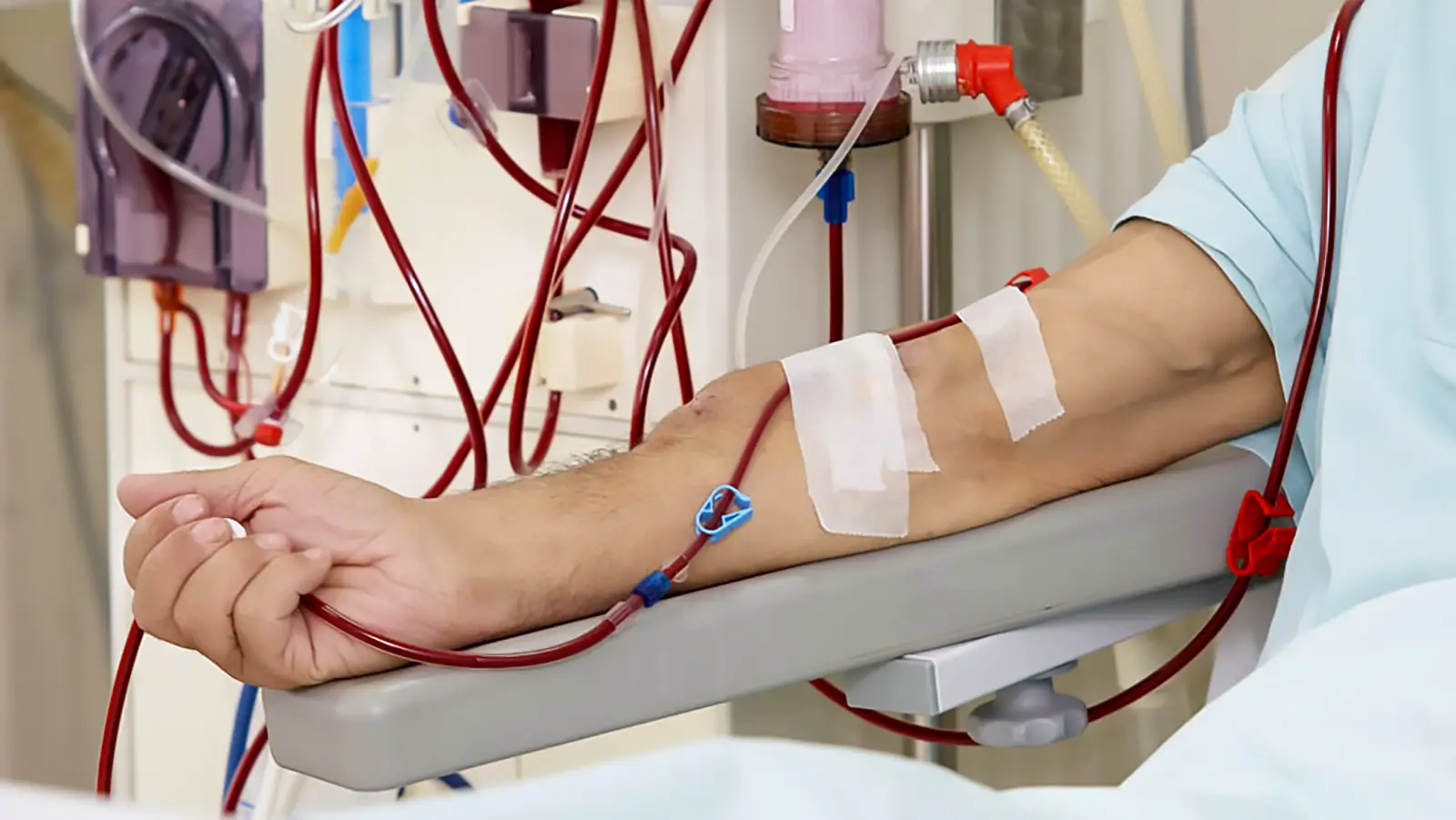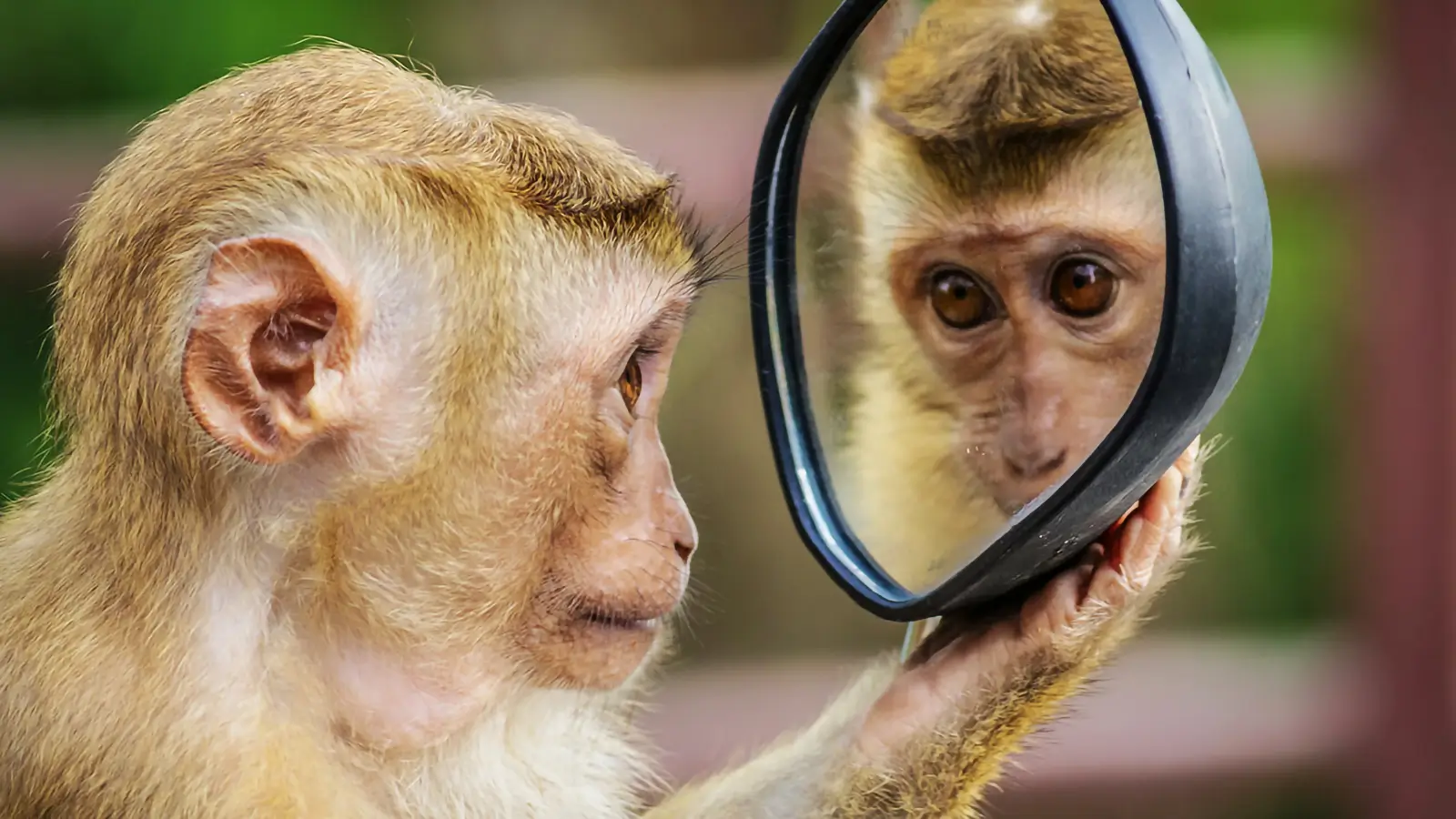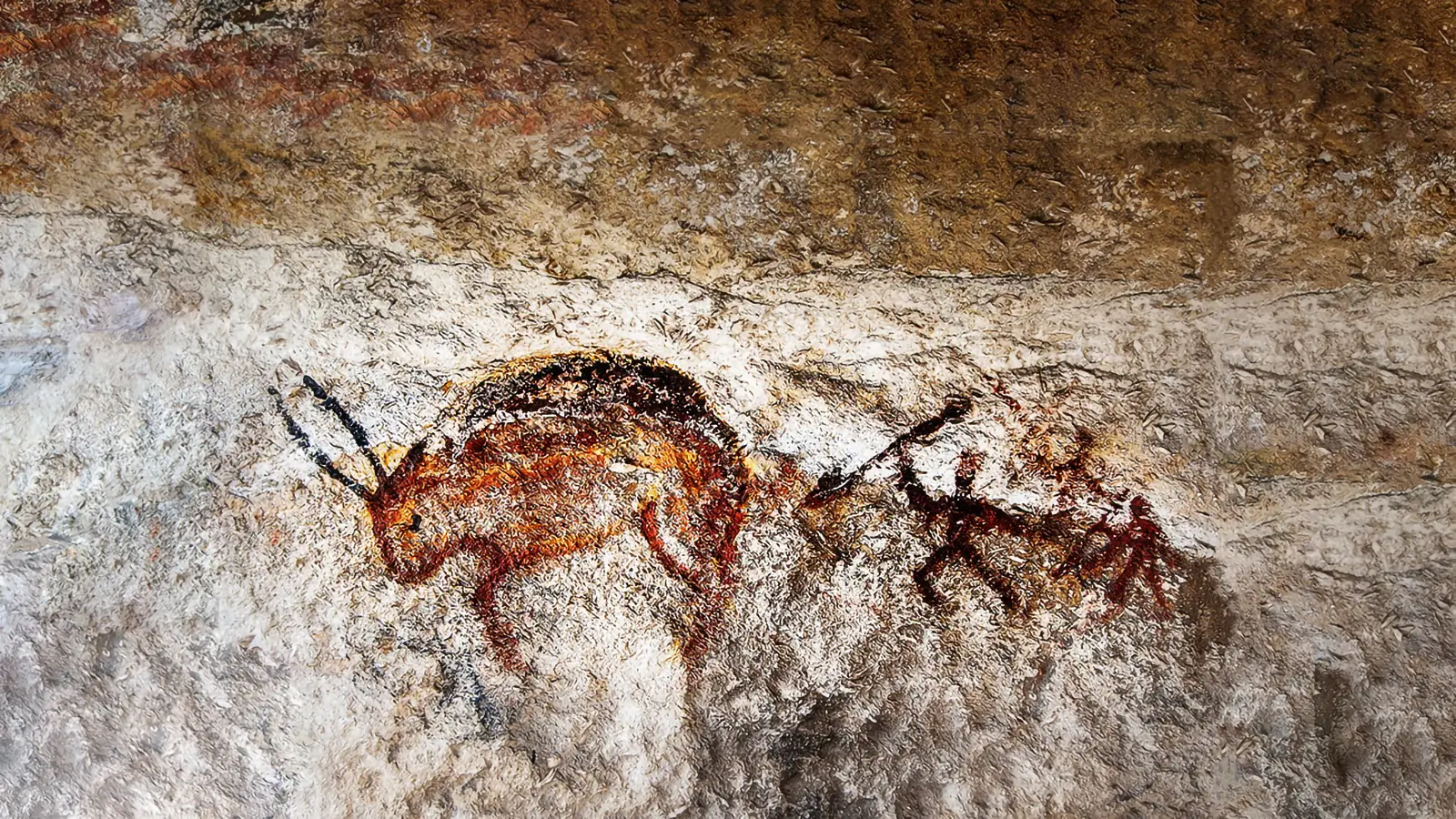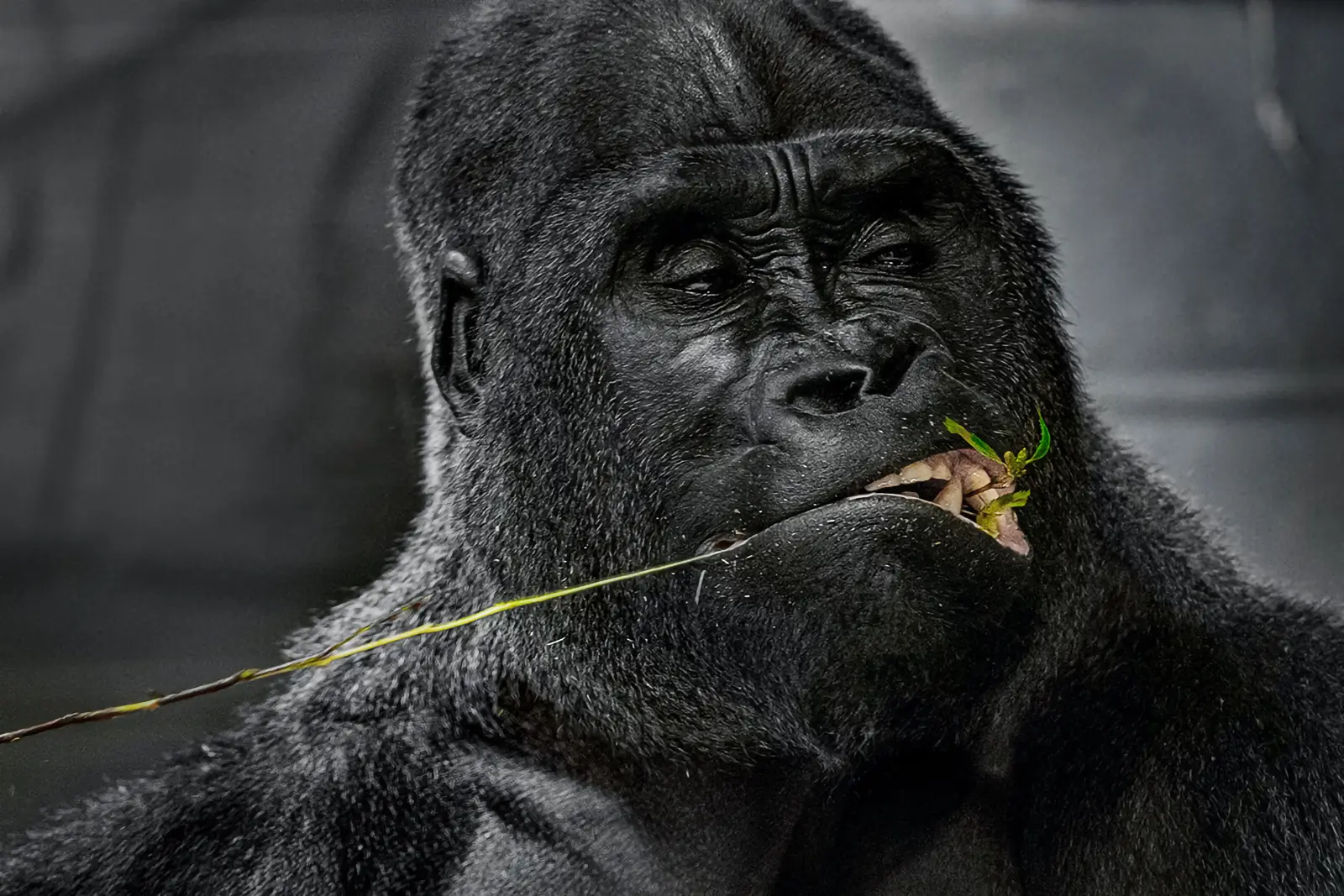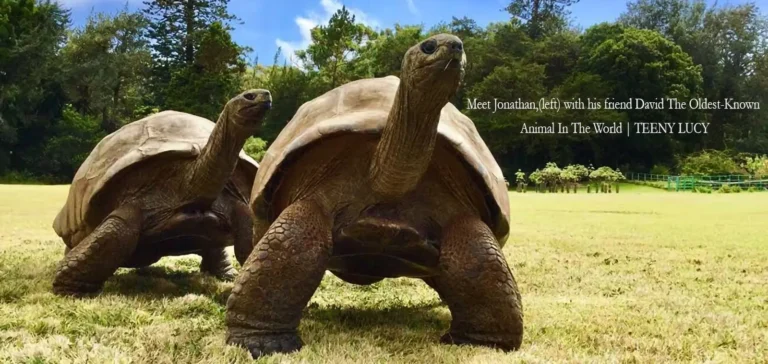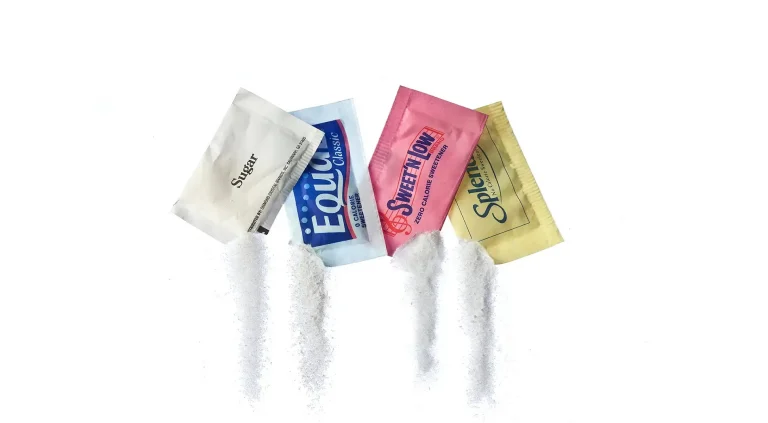Des Néandertaliens Végétaliens ? La Vérité sur le Véritable Régime Alimentaire des Néandertaliens
Une représentation typique des Néandertaliens les décrit comme tuant le mammouth laineux. Cependant, une plaque dentaire raconte une autre histoire sur le régime alimentaire des Néandertaliens
Milos Pokimica
Écrit par : Milos Pokimica
Examiné Médicalement Par : Dr. Xiùying Wáng, M.D.
Mis à jour le 9 juin 2023La représentation stéréotypée des Néandertaliens les décrit comme tuant le mammouth laineux. Il existe des preuves archéologiques pour étayer la thèse selon laquelle le régime alimentaire des Néandertaliens était carnivore même au même niveau que celui des ours polaires, qui comprenait des repas riches en grands herbivores comme le mammouth laineux, le renne et le rhinocéros laineux.
Cependant, les dents de Néandertal racontent une histoire différente. La plaque dentaire est utilisée pour analyser les amidons et les protéines qui ont été conservés dans la plaque. Lorsqu'ils sont étudiés, les modèles d'usure de leurs dents suggèrent une alimentation variée. Le régime alimentaire variait également en fonction d'un endroit avec des différences régionales importantes. Dans certaines régions, des études impliquent que les Néandertaliens consommaient principalement des plantes, y compris peut-être des plantes médicinales.
Cette découverte importante a été faite lorsque des scientifiques ont analysé les restes des Néandertaliens d'El Sidrón, en Espagne. Les Néandertaliens d'El Sidrón ne présentaient aucun signe de consommation de viande. Il ne s'agit pas d'une petite quantité, mais d'un zéro absolu. Au lieu de la viande, ils puisaient leurs calories dans les aliments végétaux qu'ils récoltaient dans la forêt. La plaque dentaire était remplie de restes de différentes sortes de noix, de champignons et de mousse. Des Néandertaliens végétariens, comment cela pourrait-il s'inscrire dans l'image typiquement acceptée ? Qu'en est-il des protéines et de la vitamine B12 ?
La plaque dentaire est un outil très utile car elle permet de préserver le matériel génétique des aliments consommés par les animaux à des fins d'analyse. Laura Weyrich, de l'université d'Adélaïde, et une équipe de chercheurs ont réussi à obtenir une image étonnamment précise des espèces végétales et animales dont se nourrissaient les Néandertaliens. Ils ont analysé trois échantillons. Deux des fossiles obtenus provenaient de la grotte d'El Sidrón en Espagne, dont le potentiel aspirine-popper, tandis que le troisième provenait de la grotte de Spy en Belgique (Grotte de Sidrón- Wikipédia). L'analyse a de nouveau prouvé la diversité complète de la nourriture en fonction de l'écologie de l'habitat local qui était conforme à la théorie de la recherche de nourriture optimale (OFT).
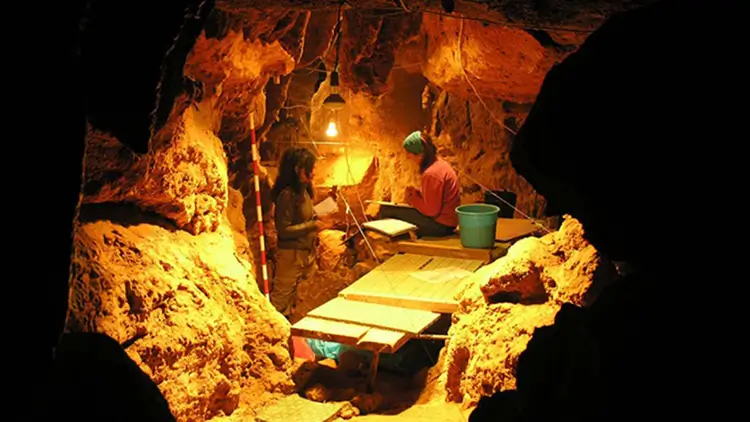
Le régime alimentaire des Néandertaliens n'existait pas par essence. Le régime alimentaire dépendait de l'endroit où vivaient les Néandertaliens en question. Les Belges, par exemple, ont suivi un régime riche en viande parce qu'ils y étaient obligés. Du matériel génétique provenant de moutons sauvages, de rhinocéros laineux et de certains champignons a été découvert dans la plaque dentaire, ainsi que des ossements de chevaux, de mammouths, de rennes et de rhinocéros dans la grotte. Les ossements racontent la même histoire que la plaque dentaire, à savoir que ces groupes étaient des chasseurs. Dans l'habitat belge, ils ne cherchaient pas de nourriture végétale car il n'y en avait pas. Ils ont dû s'adapter pour survivre au climat froid et stérile en chassant. Ils n'aimaient probablement pas cela non plus.
Les Néandertaliens espagnols semblaient avoir une vie plus confortable. C'étaient des Néandertaliens hippies et végétaliens. La vérité sur le véritable régime alimentaire des Néandertaliens est qu'ils se nourrissent essentiellement de champignons, de pignons de pin, de mousse et d'autres types d'aliments que l'on trouve en cherchant dans les forêts. Ainsi, les Néandertaliens du nord étaient des chasseurs et ceux du sud des butineurs.
Qu'est-ce que ces preuves nous apprennent ? L'un des Néandertaliens d'Espagne semblait souffrir d'un abcès dentaire et d'une gastro et se soignait avec du peuplier (Populus alba), un analgésique naturel contenant de l'acide salicylique, le même ingrédient actif que l'aspirine. L'individu avait également consommé la moisissure Penicillium, qui produit des antibiotiques. Des dizaines de milliers d'années avant que le Dr Alexander Fleming n'utilise une souche de Penicillium pour mettre au point le premier antibiotique, révolutionnant ainsi la médecine moderne. Si nous voulons parler des fondateurs de la médecine, pourquoi ne pas parler des Néandertaliens qui consomment des antibiotiques et de l'aspirine ?
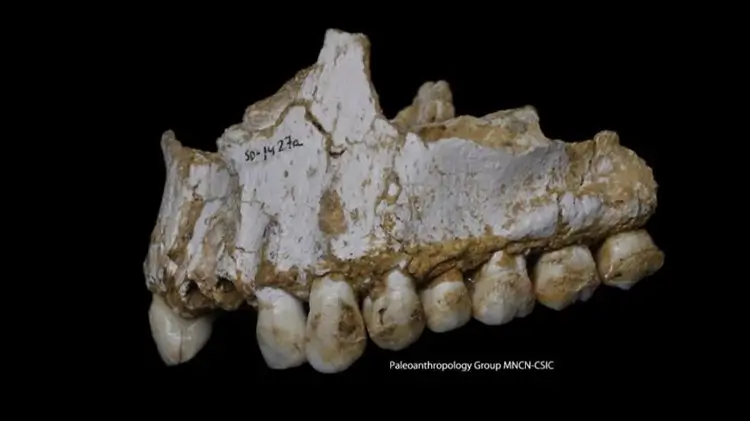
Une autre chose était intéressante. L'équipe de Weyrich a également réussi à séquencer complètement un microbe particulier appelé Methanobrevibacter oralis qui ne possède pas de gènes permettant de résister aux antiseptiques et de digérer le maltose. Au fil du temps, ce microbe s'est adapté à l'hygiène et a modifié le régime alimentaire de l'homme. L'équipe de Weyrich a calculé que la souche néandertalienne s'est séparée de celles trouvées chez les humains modernes entre 112000 et 143000 ans, ce qui suggère que les deux groupes échangeaient probablement des Methanobrevibacter lors de leurs rapports sexuels.
Pourquoi des groupes de Néandertaliens vivant dans le sud sont-ils végétaliens ? Probablement parce qu'ils le peuvent. L'environnement y était beaucoup plus accueillant, le climat plus doux et les sources de nourriture plus nombreuses. Les Néandertaliens végétaliens ne sont pas un groupe moral d'individus qui ont décidé d'adopter une alimentation végétale par choix personnel et identitaire. C'est un choix de survie. Si quelque chose que nous pouvons manger pousse à côté de notre grotte, irions-nous chasser ? Il suffit d'appliquer des stratégies optimales de recherche de nourriture pour avoir la réponse. Les Néandertaliens étaient anatomiquement plus végétaliens que carnivores, mais dans les régions septentrionales pendant l'ère glaciaire, le climat était rude et ils ont dû s'adapter, ce qui a pris un certain temps. Les Néandertaliens et les hommes modernes ont tous deux évolué à partir de l'Homo erectus. L'Homo erectus était une espèce herbivore. Les premières vagues de migration connues de l'Homo erectus en Eurasie remontent à 1,81 million d'années. La recherche génétique par horloge moléculaire a permis de situer la divergence des lignées néandertalienne et humaine moderne entre 800 000 et 400 000 ans. C'est pourquoi la plupart des chercheurs pensent que les Néandertaliens descendent de l'Homo heidelbergensis. La population d'Homo erectus qui est restée en Afrique aurait évolué par l'intermédiaire d'Homo rhodesiensis, pour devenir des humains anatomiquement modernes il y a 300 000 ans ou plus tôt.
L'homme de Neandertal a évolué en Europe et l'homme en Afrique, et il existe quelques petites différences physiologiques. L'homo sapiens a un torse plus petit en forme de tonneau et un bassin étroit. Les Néandertaliens avaient un torse en forme de cloche et un bassin plus large. L'explication classique est que les Néandertaliens avaient besoin de plus d'oxygène en raison du climat plus froid, et que leur corps s'est donc développé pour accueillir un système respiratoire plus important. Mais cette explication est erronée. Vivant dans le climat froid de l'Eurasie il y a 300 000 à 30 000 ans, les Néandertaliens se sont installés dans des régions comme l'Oural polaire et le sud de la Sibérie. En plein hiver dans la toundra, en l'absence de sources de nourriture végétale, la viande animale composée de graisse et de protéines restait la seule source d'énergie. Bien que la graisse soit plus facile à digérer, elle est rare dans les conditions froides. Les proies ont brûlé leurs réserves de graisse pendant l'hiver et sont devenues beaucoup plus maigres. Il faut donc en conclure que les Néandertaliens devaient manger beaucoup de protéines animales.
Les protéines ont d'énormes besoins Les protéines sont un élément essentiel de l'alimentation humaine, car elles permettent aux reins et au foie d'éliminer une partie des sous-produits toxiques produits par la combustion de ces substances pour produire de l'énergie. Le plafond protéique de l'être humain se situe entre 35 et 50 % des calories de son alimentation. Manger beaucoup plus que cela peut être dangereux. Le corps des Néandertaliens a trouvé un moyen d'utiliser plus de protéines en augmentant la taille du foie et des reins. La poitrine et le bassin se sont également élargis pour accueillir ces organes hypertrophiés, ce qui leur confère une apparence particulière. Aujourd'hui, les Inuits, qui se nourrissent parfois exclusivement de viande, ont un foie et des reins plus volumineux et des côtes plus longues que les Européens moyens. Pour survivre à la famine de graisse, les Néandertaliens se sont sans doute spécialisés dans la chasse d'animaux massifs comme les mammouths. Ceux-ci conservent leur graisse plus longtemps dans de mauvaises conditions et nécessitent moins d'énergie et de vitesse pour être tués que des proies plus petites et plus rapides. Les mammouths sont trop gros pour s'échapper ou se dérober, et il suffit d'en tuer un pour se régaler pendant des mois, car la viande ne s'abîme pas à des températures constamment inférieures à zéro. Mais lorsque ces méga-bêtes ont disparu, les Néandertaliens se sont probablement efforcés de chasser des proies plus petites et plus rapides. Dans le sud de l'Espagne, par exemple, ils ont adopté l'ancienne méthode végétalienne.
Qu'est-ce que tout cela nous apprend sur nous ? Au cours des millénaires passés dans le climat nordique de l'ère glaciaire, nous n'avons pas eu le temps de nous adapter à un régime riche en viande dans une certaine mesure. Nous avons évolué en Afrique à partir d'une lignée végétalienne de 60 millions d'années. Les hommes modernes ont quitté l'Afrique pour la première fois il y a 100 000 ans au cours d'une série de vagues de migration à rythme lent et sont arrivés dans le sud de l'Europe il y a environ 80 000 à 90 000 ans.
Alors, quel est le vrai régime paléo ?
Références :
Passages sélectionnés à partir d'un livre : Pokimica, Milos. Devenir vegetarien? Examen de la science, partie 1. Kindle éd., Amazone, 2018.
Articles Similaires
Vous avez des questions sur la nutrition et la santé ?
Je serais ravie d'entendre vos commentaires et d'y répondre dans mon prochain message. J'apprécie votre contribution et votre opinion et j'espère avoir bientôt de vos nouvelles. Je vous invite également à nous suivre sur Facebook, Instagram et Pinterest pour plus de contenu sur l'alimentation, la nutrition et la santé. Vous pouvez y laisser un commentaire et entrer en contact avec d'autres passionnés de santé, partager vos conseils et expériences, et obtenir le soutien et les encouragements de notre équipe et de notre communauté.
J'espère que ce billet a été instructif et agréable pour vous et que vous êtes prêt à mettre en pratique les connaissances que vous avez acquises. Si vous avez trouvé ce billet utile, veuillez le partager à vos amis et à votre famille qui pourraient également en bénéficier. On ne sait jamais qui peut avoir besoin de conseils et de soutien dans son parcours de santé.
– Vous pourriez aussi aimer –

Apprendre la Nutrition
Milos Pokimica est docteur en médecine naturelle, nutritionniste clinique, rédacteur en santé médicale et nutrition et conseiller en sciences nutritionnelles. Auteur de la série de livres Devenir vegetarien ? Examen des sciences, il exploite également le site Web de santé naturelle GoVeganWay.com
Avis de non-responsabilité médicale
GoVeganWay.com vous propose des critiques des dernières recherches liées à la nutrition et à la santé. Les informations fournies représentent l'opinion personnelle de l'auteur et ne sont pas destinées ni implicites à se substituer à un avis médical professionnel, un diagnostic ou un traitement. Les informations fournies sont à titre informatif uniquement et ne sont pas destinées à remplacer la consultation, le diagnostic et/ou le traitement médical d'un médecin qualifié ou d'un prestataire de soins de santé.NE JAMAIS IGNORER LES CONSEILS MÉDICAUX PROFESSIONNELS OU RETARDER LA RECHERCHE DE SOINS MÉDICAUX EN RAISON DE QUELQUE CHOSE QUE VOUS AVEZ LU OU ACCÉDÉ SUR GoVeganWay.com
N'APPLIQUEZ JAMAIS DE CHANGEMENTS AU STYLE DE VIE OU TOUT CHANGEMENT À LA SUITE DE QUELQUE CHOSE QUE VOUS AVEZ LU SUR GoVeganWay.com AVANT DE CONSULTER UN PRATICIEN MÉDICAL AGRÉÉ.
En cas d'urgence médicale, appelez immédiatement un médecin ou le 911. GoVeganWay.com ne recommande ni n'approuve aucun groupe, organisation, test, médecin, produit, procédure, opinion ou autre information spécifique pouvant être mentionné à l'intérieur.
Choix de l'éditeur -
Milos Pokimica est rédacteur spécialisé dans la santé et la nutrition et conseiller en sciences nutritionnelles. Auteur d'une série de livres Devenir vegetarien ? Examen des sciences, il exploite également le site Web de santé naturelle GoVeganWay.com
Derniers Articles –
Top Des Nouvelles Sur la Santé - ScienceDaily
- Everyday chemicals are quietly damaging beneficial gut bacteriale janvier 5, 2026
A large study has revealed that dozens of widely used chemicals can damage beneficial gut bacteria. Many of these substances, found in pesticides and everyday industrial products, were never thought to affect living organisms at all. When gut bacteria are stressed by these chemicals, some may also become resistant to antibiotics. The research raises new questions about how chemical exposure could be influencing human health behind the scenes.
- This CRISPR breakthrough turns genes on without cutting DNAle janvier 5, 2026
A new CRISPR breakthrough shows scientists can turn genes back on without cutting DNA, by removing chemical tags that act like molecular anchors. The work confirms these tags actively silence genes, settling a long-running scientific debate. This gentler form of gene editing could offer a safer way to treat Sickle Cell disease by reactivating a fetal blood gene. Researchers say it opens the door to powerful therapies with fewer unintended side effects.
- Scientists find a safer way to make cells burn more caloriesle janvier 5, 2026
Researchers have developed experimental compounds that make cells burn more calories by subtly tweaking how mitochondria produce energy. Older versions of these chemicals were once used for weight loss—but were banned for being deadly. The new approach fine-tunes the effect, allowing cells to burn extra fuel safely. If successful, this could pave the way for new obesity treatments with added health benefits.
- Brain scans may finally end the guesswork in depression treatmentle janvier 5, 2026
Researchers compared a traditional Chinese medicine, Yueju Pill, with a standard antidepressant and found both reduced depression symptoms. However, only Yueju Pill increased a brain-supporting protein associated with mood improvement. Brain imaging showed that unique network patterns—especially in visual regions—could predict who benefited most from Yueju Pill. This opens the door to more personalized depression treatments guided by brain scans.
- AI may not need massive training data after allle janvier 5, 2026
New research shows that AI doesn’t need endless training data to start acting more like a human brain. When researchers redesigned AI systems to better resemble biological brains, some models produced brain-like activity without any training at all. This challenges today’s data-hungry approach to AI development. The work suggests smarter design could dramatically speed up learning while slashing costs and energy use.
- Why warm hugs feel so good to your brainle janvier 4, 2026
Feeling warm or cold doesn’t just register on the skin—it changes how connected we feel to our own bodies. Research shows that temperature sensations help shape body ownership, emotional regulation, and mental well-being. Disruptions in thermal perception are linked to conditions like depression, trauma, and stroke-related body disconnect. These insights could lead to new sensory-based mental health treatments and more lifelike prosthetics.
- The invisible microbes that help keep us healthyle janvier 4, 2026
Not all microbes are villains—many are vital to keeping us healthy. Researchers have created a world-first database that tracks beneficial bacteria and natural compounds linked to immune strength, stress reduction, and resilience. The findings challenge the long-standing obsession with germs as threats and instead highlight the hidden health benefits of biodiversity. This shift could influence everything from urban design to environmental restoration.
